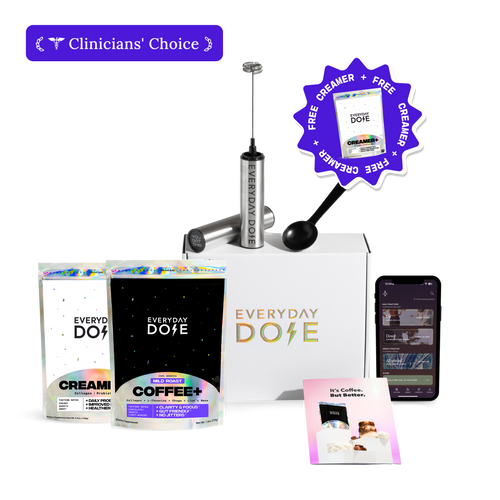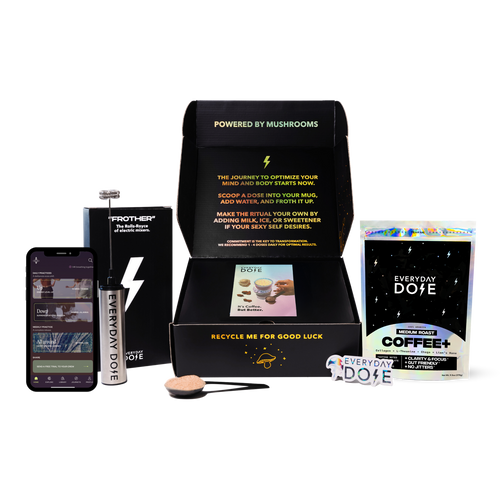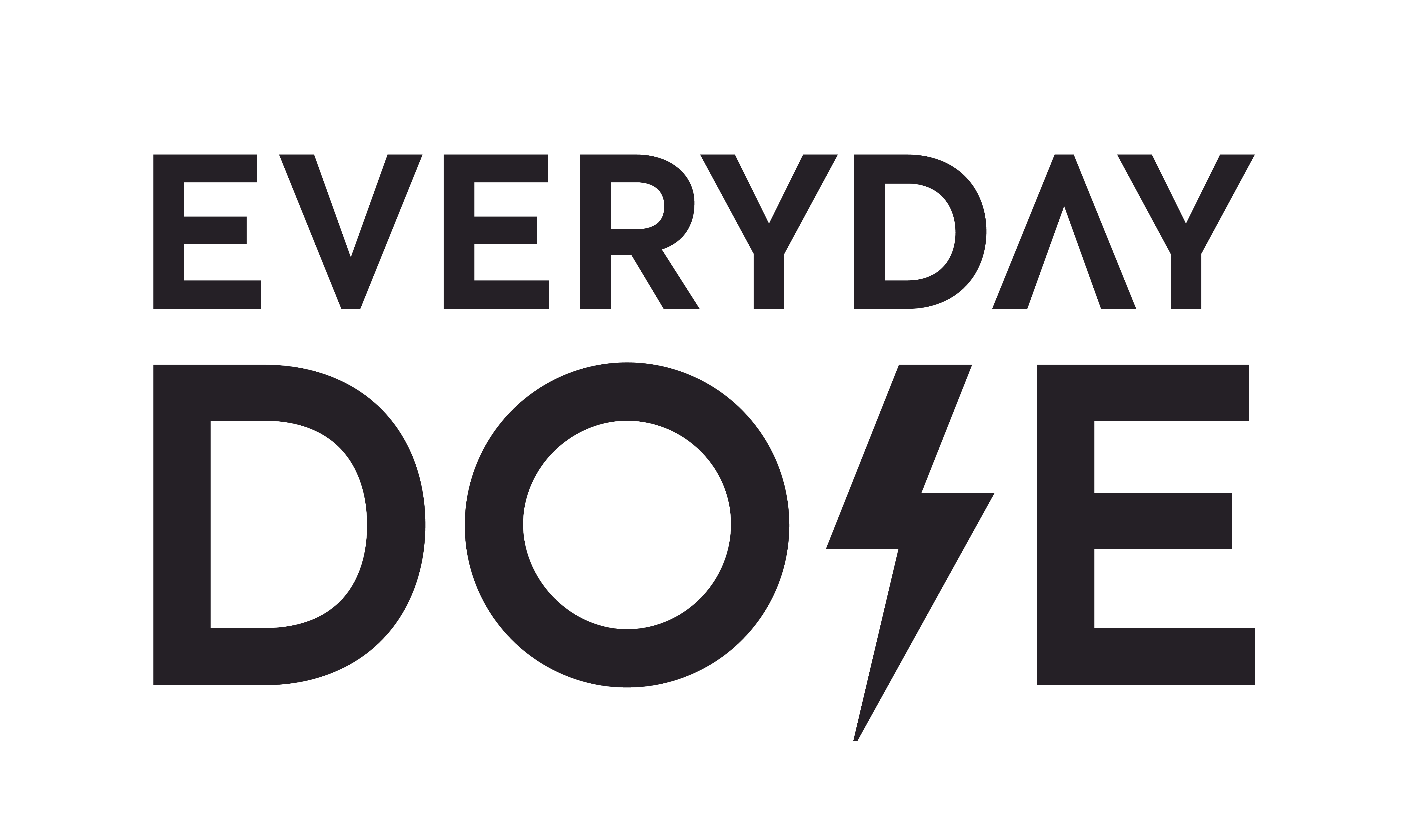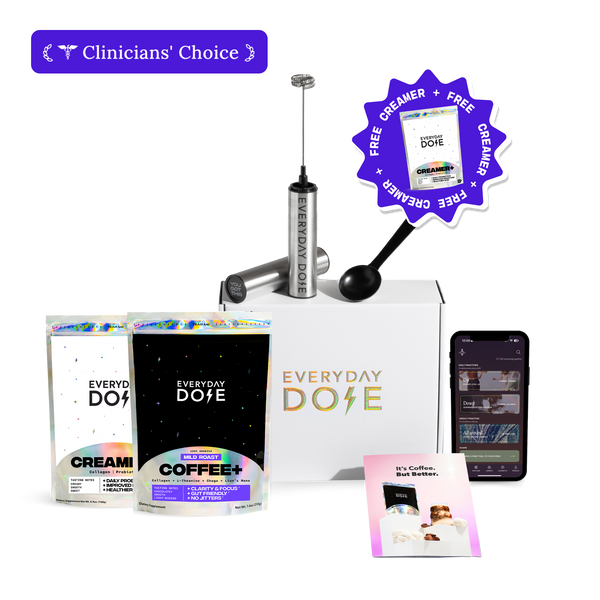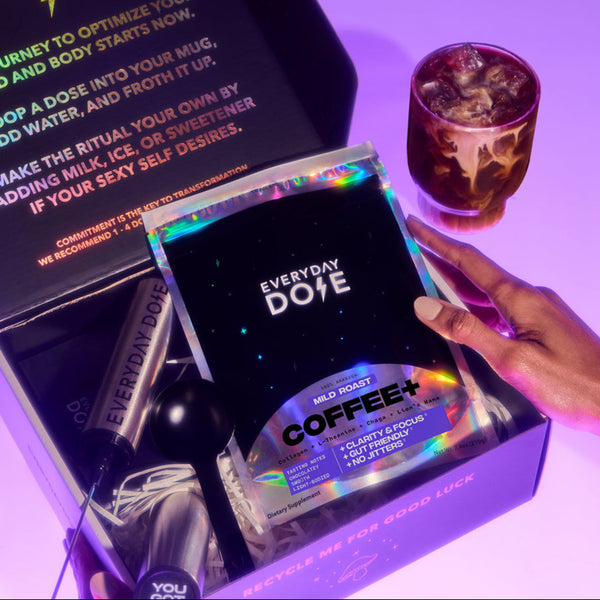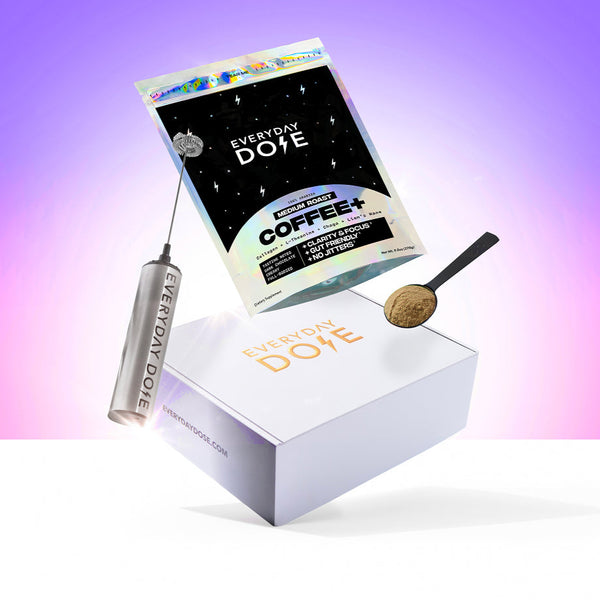Cognitive Trend Watch: From Functional Coffee to tDCS

Transcranial direct current stimulation, or tDCS for short, sounds like something out of a sci-fi movie. In reality, it’s a low-voltage, noninvasive way researchers have been activating people’s neurons to see if they can boost mood, focus, or recovery.
But does tDCS really work? And why are we, a brand of mushroom coffee, talking about it? Don’t worry, the connection is there — just keep reading.
What Is tDCS and How Does It Work?
Using electrodes placed on your scalp, tDCS sends a tiny, constant current (usually one to two milliamps) through targeted areas of the brain. The “anodal” side tends to make neurons more likely to fire, while the “cathodal” side calms them down.
Unlike something like electroconvulsive therapy (ECT), there’s no big zap — just a subtle nudge that can make your brain cells more responsive to whatever you’re doing, whether that’s therapy, rehab, or a memory game.
Think of it like preheating your mental oven. You’re not cooking anything yet, but you’re setting the temperature so the magic can happen.
What Are the Benefits of tDCS According to Science?
If you’re like us, you might not have heard of tDCS before, but it’s a real thing with real benefits. Here’s what you should know.
Reduces Depression and Anxiety
Research suggests tDCS may help clear some of the mental traffic that comes with depression and anxiety. It especially targets the left dorsolateral prefrontal cortex (DLPFC), a brain region linked to mood regulation.
Multiple clinical trials have found that repeated tDCS sessions can reduce depressive symptoms, sometimes on par with medication or therapy, and often with fewer side effects. For anxiety, the data is newer but promising — early studies suggest it can help quiet the overactive worry circuits that fuel panic and rumination.
Improves Cognition
If your brain ever feels like it couldn’t get any slower, tDCS could — at least in theory — give it a boost. Studies in people with mild cognitive impairment, Alzheimer’s, and Parkinson’s disease show modest gains in things like processing speed, working memory, and attention when tDCS is paired with targeted activities.
The key here is “paired with” — just sitting there with electrodes on your head isn’t going to make you win Tuesday trivia. It works best when the brain is actively engaged in learning or practice, because the stimulation seems to make neurons more plastic and receptive.
Supports Physical Rehabilitation
One of tDCS’s most exciting roles is in helping people regain abilities after brain injuries or neurological conditions. For stroke survivors with aphasia (difficulty speaking), pairing tDCS with speech therapy has been shown to accelerate progress and sometimes help words come more easily.
Similarly, in physical rehab (like regaining arm movement after a stroke or improving gait in Parkinson’s disease), tDCS seems to prime motor areas of the brain. This can help physical therapy work better. Combined with targeted physical therapy, it may shorten recovery timelines and help patients get more out of each session.
Is tDCS Safe?
When you hear “electricity” and “brain” in the same sentence, it’s natural to picture cartoon-style brain frying. However, the current used is extremely low (about what you’d get from a 9-volt battery), and in clinical research settings, side effects are typically mild and short-lived.
We’re talking temporary tingling, skin redness, or a light headache at worst. The good news is that serious side effects are rare when tDCS is administered with proper screening and protocols.
What Is the Future of tDCS?
Right now, researchers are refining protocols, running larger clinical trials, and exploring how to personalize stimulation for each brain’s unique wiring. The future could see EEG- or MRI-guided tDCS sessions, smarter home-use devices with remote supervision, and better combinations with therapies like cognitive training, meditation, or physical rehab.
There’s also growing interest in using tDCS alongside lifestyle interventions like nutrition and sleep optimization to amplify benefits. But until the research matures, tDCS is still considered an experimental tool.
How Does Functional Coffee Fit In?
You might be thinking, “Wait — isn’t Everyday Dose a mushroom coffee brand? Why are they talking about tDCS?” The answer is that mushroom coffee can actually complement tDCS very nicely.
tDCS is very targeted and powerful, while our Mushroom Coffee+ is gentler, yet nourishing over time. Our blend combines L-theanine for calm focus, lion’s mane for potential long-term brain support, chaga for antioxidant defense, collagen for healthy tissues (including neural structures), and coffee extract for that clean energy lift without the crash.
While mushroom coffee won’t replace tDCS in a clinical setting, it can complement the benefits by creating an everyday environment where your brain feels supported, alert, and ready to learn.
The Bottom Line
tDCS is a fascinating frontier in brain science. When done right, it’s quite promising for mood and cognitive challenges and is still unfolding in its full potential.
Pairing this kind of targeted stimulation with supportive daily habits — like sipping a cup of Mushroom Coffee+ — can be part of a balanced approach to mental performance. And if you want more tips on how to keep your brain healthy, visit the Everyday Dose blog today.
Sources:
Guidelines for Adult Stroke Rehabilitation and Recovery | AHA
Start your day
The Right Way
